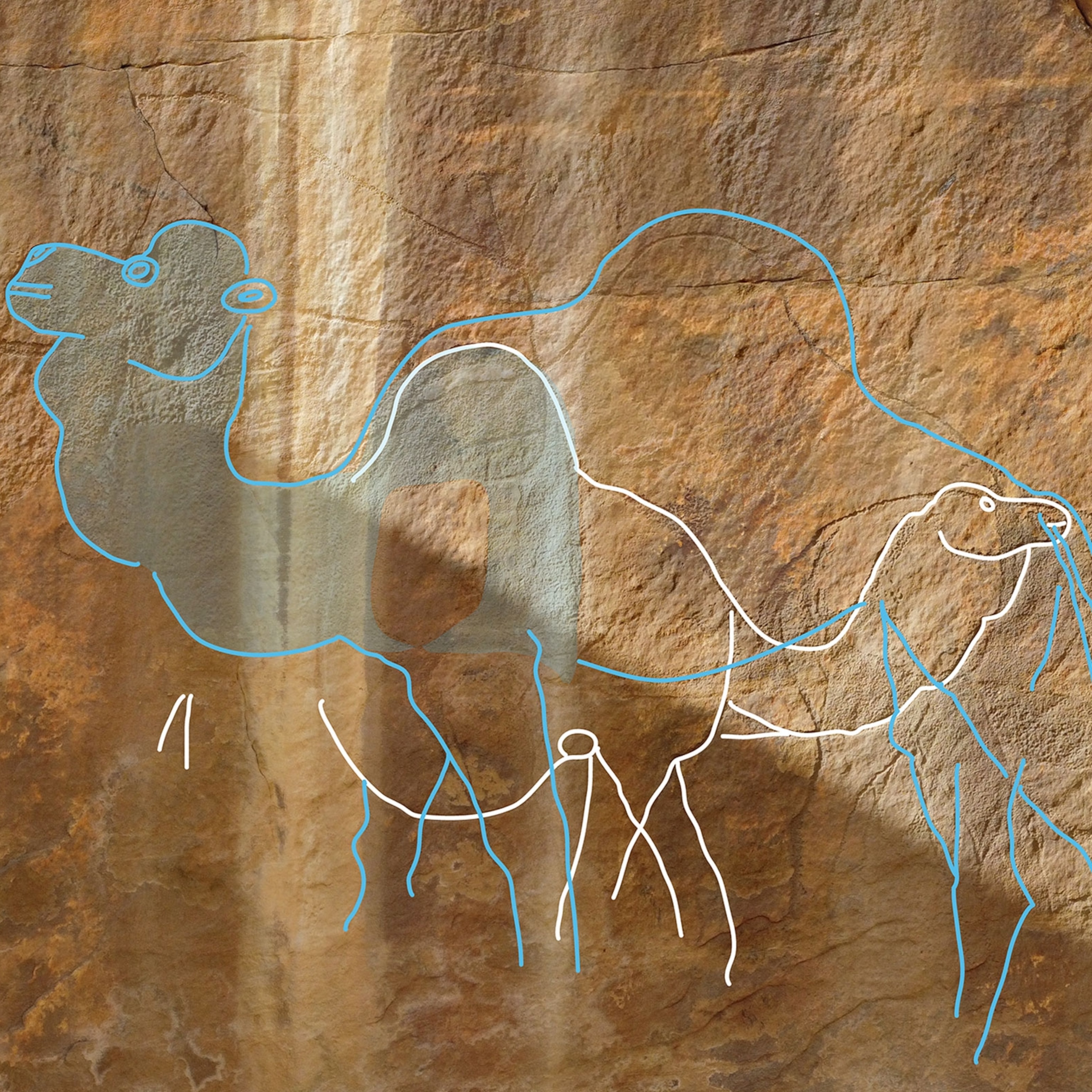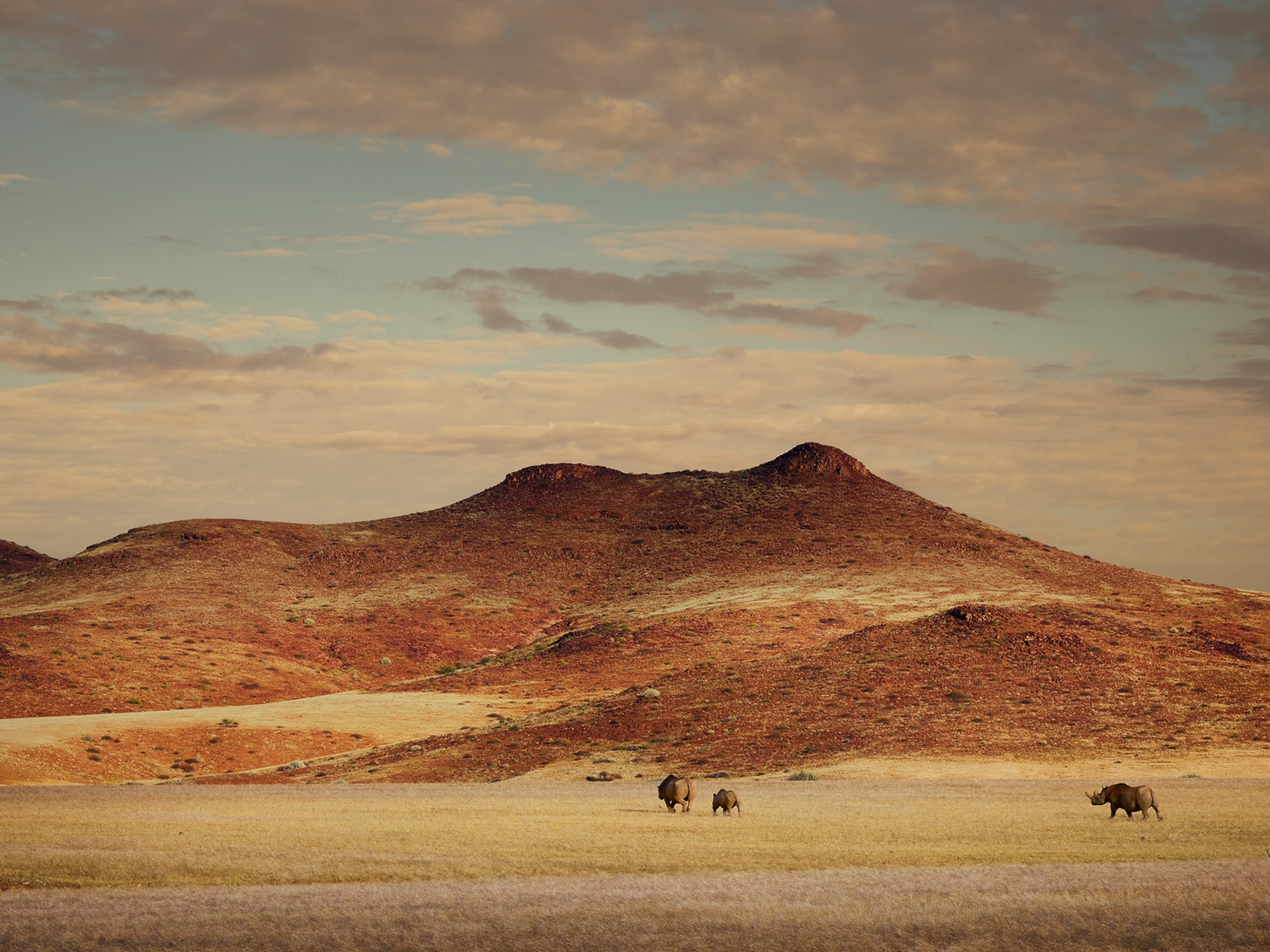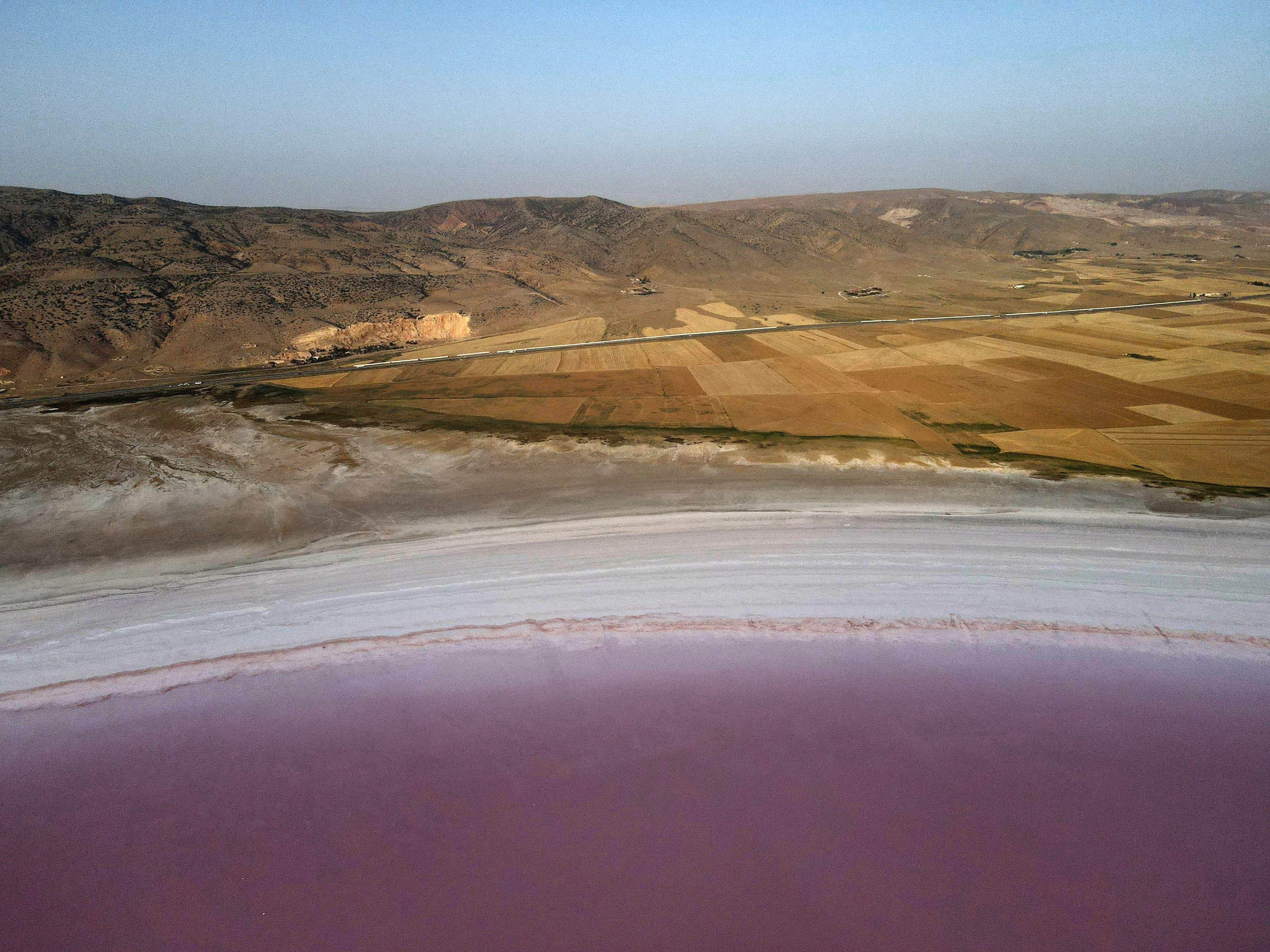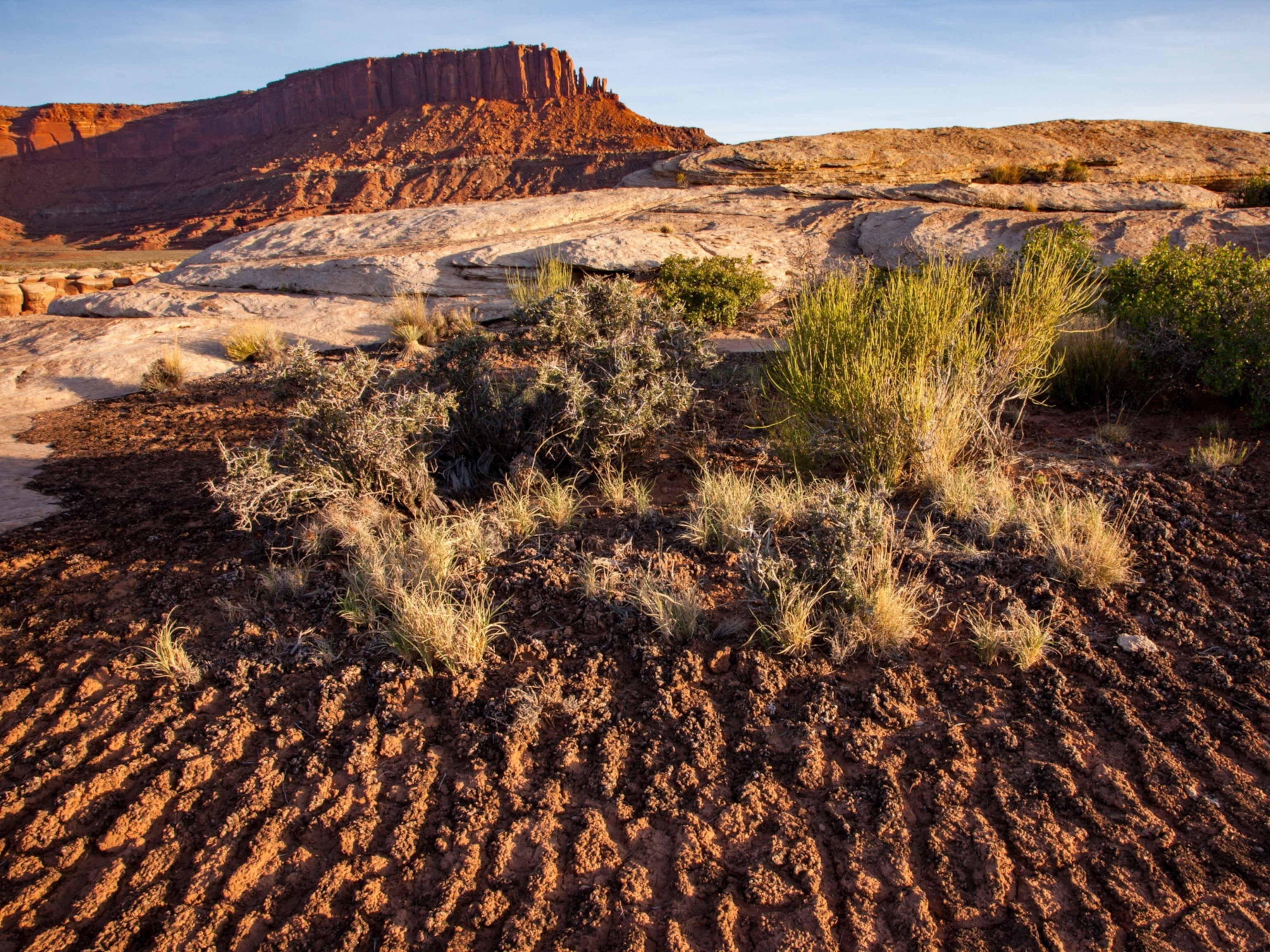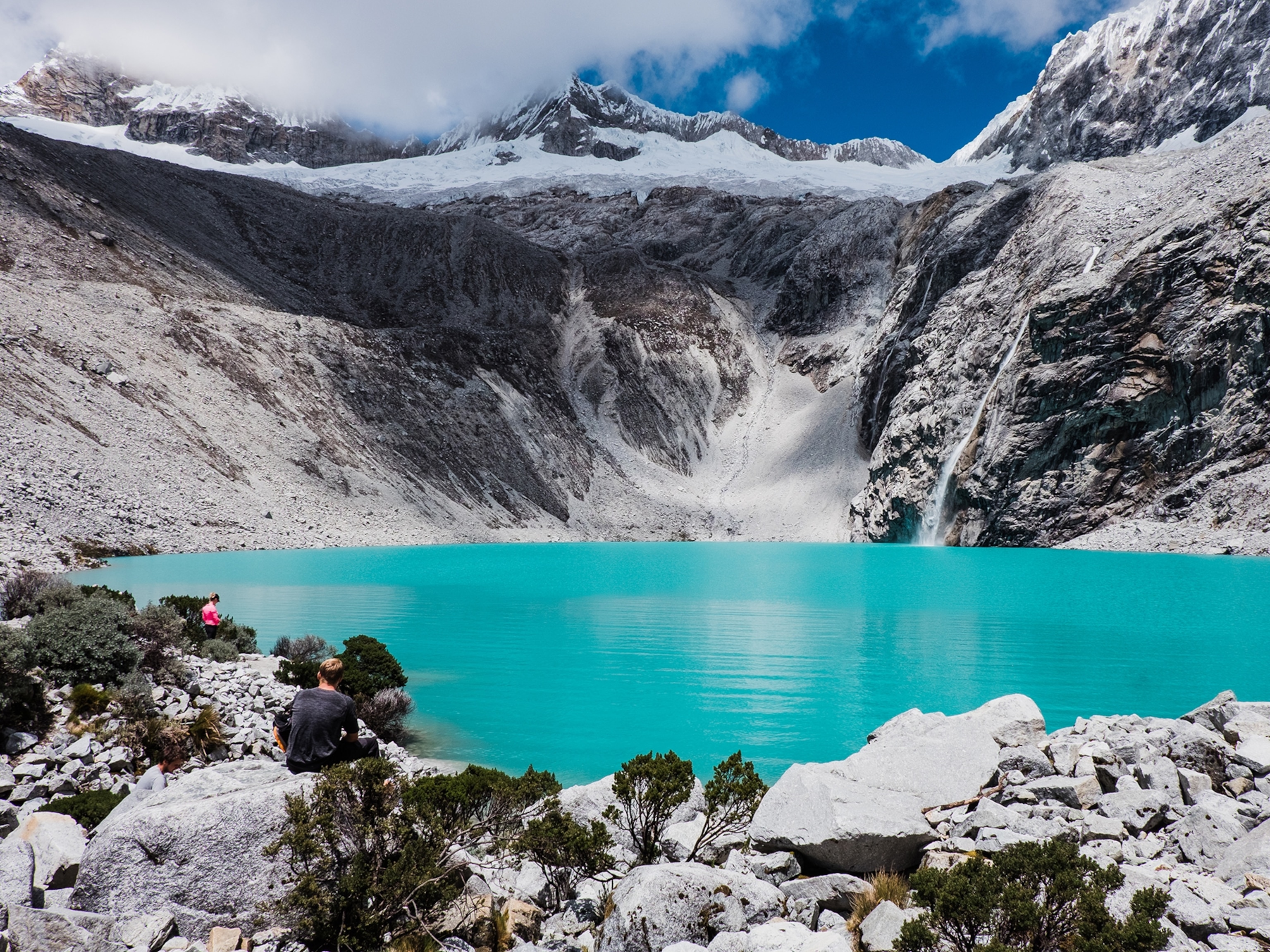In Sahara, Salt-Hauling Camel Trains Struggle On
A group of Nat Geo Explorers recently journeyed across the sacred geography of the Sahara, driving four-by-four Land Rovers to visit the ancient salt mines of Taudenni and document their findings along the way.
Since the Middle Ages, camel caravans have navigated north from the fabled city of Timbuktu, in present-day Mali, West Africa, in search of the gold of the Sahara desert—salt.
Traveling across the windswept sand dunes, caravans often numbering more than hundred have journeyed to the salt mines of Taudenni, 500 miles (800 kilometers) north of Timbuktu. A human necessity and source of commerce, salt has been in high demand in West Africa since the 12th century when it was first found in the sand dunes of the desert.
Its discovery gave rise to a robust commodity trade that quickly paved a near-mythical trail connecting Timbuktu with Europe, southern Africa, and Persia. With the trade of Taudenni's prized salt, came the ability to move people, information, and ideas across the Sahara desert. During the 12th and 13th centuries, Timbuktu became not only a center of great wealth but of Islamic study. Scholars from across the Islamic world, some from as far away as Persia, journeyed for months across the sands of the Sahara in order to teach and study in the mysterious oasis of Timbuktu.
Today, the great camel caravans of Timbuktu still journey for 14 days and some 500 miles (800 kilometers) to the salt mines of Taudenni.
Traveling in my capacity as a photographer for the National Geographic Cultures Initiative, I recently journeyed with Wade Davis, National Geographic Society explorer-in-residence, across the sacred geography of the Sahara, driving four-by-four Land Rovers to visit the ancient salt mines of Taudenni. We were joined on our quest by Alex Chadwick, of National Public Radio's Radio Expeditions, and a film crew from the National Geographic Channel.
"Biblical" Scene
Arriving at the salt mines, we encountered a working mine that appeared from out of the sandy haze of the desert, a mythical scene from the pages of the Bible. The mine was cut out of an ancient seabed, an empty sandy region that stretches in every direction. Several hundred men work the mines as indentured slaves, chipping way at the ground beneath the Earth in musty, salt-choked caves.
Once the salt has been cut from the mine, slabs are loaded onto camel caravans. The caravans head south towards Timbuktu, traveling nearly two weeks through featureless sand dunes that warp the mind's depth perceptions. What appears to be close is in fact on the horizon. What appears to be miles away, becomes a small rock that one discovers yards from where you stood.
The Sahara desert surrenders very few realities, only illusions.
Upon arrival in Timbuktu, the salt is passed onto local merchants and distributed down river along the Niger to the largest salt market in West Africa: the river town of Mopti. There the salt blocks are cut into smaller slabs then sold throughout West Africa, a rich and scarce commodity charged with a mystique borne of the desert.
Spiritual Journey
Entwined in the age-old commerce of the salt trade and the journeys of the camel caravans across the sands of North Africa, lies the spiritual metaphor that the journey signifies to the people of Timbuktu.
Local Tamashek and Berbers who lead the camel caravans know the power of the emptiness of the Sahara.
"To go into the desert is to go into the realm of the spirit," said retired University of Timbuktu Professor Salem Uld Elhagg. "Because a young camel leader must journey into the desert, and into its isolation, he will suffer. It is through that fear that he will have a spiritual awakening. The desert will lead a man to Allah, to God."
The people of the desert see the salt not just as a commodity to sell, but as a divine gift—a reason for spiritual growth. For a Muslim of Timbuktu, the Sahara desert can be considered a mirror of the soul, a place to see oneself and grow spiritually closer to God.
Desert Pathfinders
The camel caravans are led by one person, a tracker across the emptiness of the desert. The workers, sometimes young boys on their first journey into the desert, put their trust in the guides who are chosen to lead the caravans across the emptiness of the sand.
Guides are chosen because of their special ability to read the desert and determine exactly where they are. To be in error by even a few miles can bring certain death in a place where water is measured in drops, and nothing grows for thousands of miles.
The guides' responsibility is to lead camels and men to the saltmine to the north and then return to Timbuktu to the South.
Our Tamashek guide, a small, aged man with gentle eyes, had lead caravans across the Sahara since the age of 20. He lead our caravan of trucks, armed only with the knowledge of the prevailing wind patterns across the sand, the stars etched across the night sky, the changing color of the sand, and a vintage WWII compass, hopelessly cracked across the glass, but still somewhat reliable.
To the mark each day, our Tamashek guide predicted exactly when we would arrive at the next water hole. The natural springs/wells are the lifeline of every man that passes through desert.
Motorized Threat
For centuries, camel caravans and the trackers that lead them have traversed the Sahara desert in search of the salt of Taudenni. The journey for salt for most who brave the magnitude of Sahara's isolation represents far more than a quest for economic gain. It becomes a journey into the soul, a journey of renewal for a follower of Islam, a chance to step closer to his God.
In recent years, the camel caravan salt trade has been threatened by the arrival of 4x4 trucks that make the arduous journey in a matter of days. With the introduction of this new technology, the price of salt has dropped, threatening the livelihood of those who lead the camel caravans.
With the threat of the loss of the ancient tradition of the salt caravans would come the loss of the sacred journey, a necessary pilgrimage across the desert for a Tamashek boy. And without this sacred pilgrimage comes a loss of identity, a powerful loss of culture for the camel workers of Timbuktu.
As University of Timbuktu professor Salem Uld Elhagg said: "With the loss of the salt caravans comes the loss of our culture and our spiritual well being. The only difference between a human and an animal is culture. We must not lose our sacred culture."

